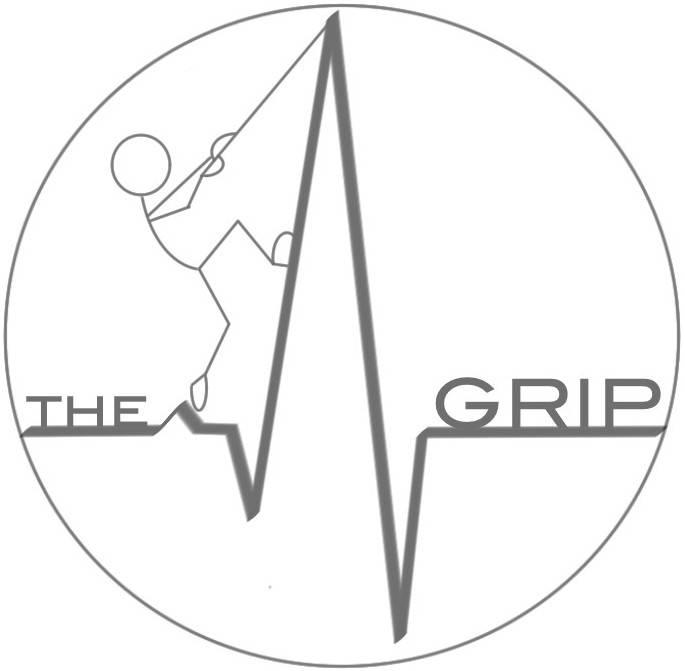Thoracic ultrasonography: a narrative review
Affiliations
- 1Division of Pulmonary, Critical Care and Sleep Medicine, Northwell Health, Zucker School of Medicine at Hofstra/Northwell, New Hyde Park, Hempstead, NY, 11549, USA. mayosono@gmail.com.
- 2Department of Emergency Medicine, Latisana Hospital, 33053, Latisana, Italy.
- 3Division of Pulmonary, Critical Care, and Sleep Medicine, Johns Hopkins Hospital, Sheikh Zayed Tower, Suite 7-125, 1800 Orleans Street, Baltimore, MD, 21287, USA.
- 43 Praxis for Internal Medicine, Bahnhofstraße 16, 6830, Rankweil, Austria.
- 57 Medical Intensive Care Unit, Assistance Publique-Hôpitaux de Paris, University Hospital Saint-Antoine, Paris, France.
- 68 INSERM U 1136, Institut Pierre-Louis d’Epidémiologie et de Santé Publique, 75012, Paris, France.
- 79 Sorbonne University, UPMC Univ Paris 06, Paris, France.
- 8Anesthesia and Intensive Care, IRCCS Policlinico San Matteo, University of Pavia, Pavia, Italy.
- 9Department of Emergency Medicine, San Luigi Gonzaga University Hospital, Orbassano, 10043, Turin, Italy.
- 10Emergency Department, Careggi University Hospital, Largo Brambilla 3, 50134, Florence, Italy.
. 2019 Sep;45(9):1200-1211.
doi: 10.1007/s00134-019-05725-8. Epub 2019 Aug 15.
Abstract
This narrative review focuses on thoracic ultrasonography (lung and pleural) with the aim of outlining its utility for the critical care clinician. The article summarizes the applications of thoracic ultrasonography for the evaluation and management of pneumothorax, pleural effusion, acute dyspnea, pulmonary edema, pulmonary embolism, pneumonia, interstitial processes, and the patient on mechanical ventilatory support. Mastery of lung and pleural ultrasonography allows the intensivist to rapidly diagnose and guide the management of a wide variety of disease processes that are common features of critical illness. Its ease of use, rapidity, repeatability, and reliability make thoracic ultrasonography the “go to” modality for imaging the lung and pleura in an efficient, cost effective, and safe manner, such that it can largely replace chest imaging in critical care practice. It is best used in conjunction with other components of critical care ultrasonography to yield a comprehensive evaluation of the critically ill patient at point of care.
